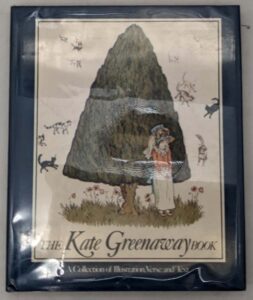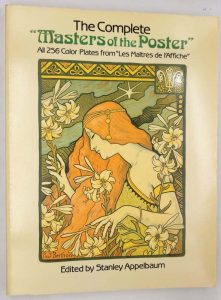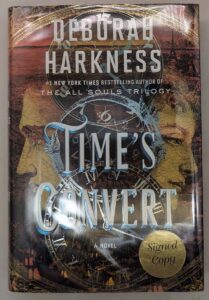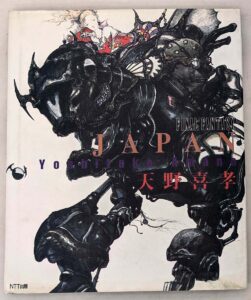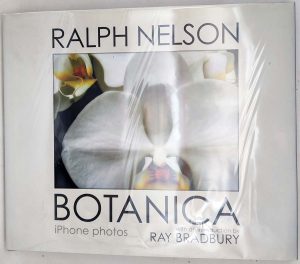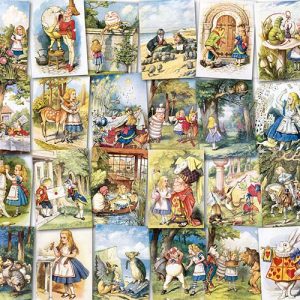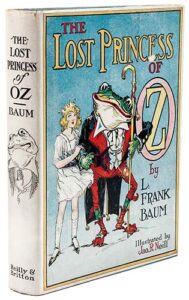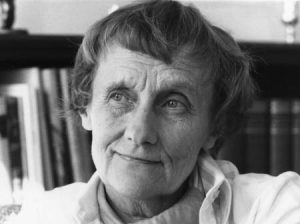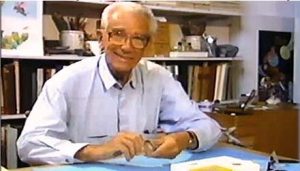The Woggle-Bug Book is a 1905 children’s book, written by L. Frank Baum, creator of the Land of Oz, and illustrated by Ike Morgan. It has long been one of the rarest items in the Baum bibliography. Baum’s text has been controversial for its use of ethnic humor stereotypes.
The book grew out of another promotional project, Queer Visitors from the Marvelous Land of Oz (1904-5), a popular comic strip that promoted Baum’s second Oz book, The Marvelous Land of Oz (1904). The comic strip, written by Baum and illustrated by Walt McDougall, brought Oz characters including the Scarecrow, the Tin Woodman, and others to the United States for various humorous adventures. The Woggle-Bug Book employs the same concept: H. M. Woggle-Bug, T. E. is shown maladjusted to life in an unnamed American city. The book’s artist, Ike Morgan, was a Chicago cartoonist who had earlier provided illustrations for Baum’s American Fairy Tales (1901).
Baum’s Woggle-Bug was a popular character at the time; he “became something of a national fad and icon….” There were Woggle-Bug postcards and buttons, a Woggle-Bug song, and a Woggle-Bug board game from Parker Brothers. Baum and Morgan’s picture book was published in January 1905, to help publicize a new musical play, The Woggle-Bug, that was being mounted that year. (The play flopped.) The book was copiously illustrated, with pictures and text alternating on recto and verso pages; it was printed in bright colors in a large format, eleven by fifteen inches.
Summary
The Woggle-Bug Book features the broad ethnic humor that was accepted and popular in its era, and which Baum employed in various works. The Woggle-Bug, who favors flashy clothes with bright colors (he dresses in “gorgeous reds and yellows and blues and greens” and carries a pink handkerchief), falls in love with a gaudy “Wagnerian plaid” dress that he sees on a mannequin in a department store window. Being a woggle bug, he has trouble differentiating between the dress and its wearers, wax or human. The dress is on sale for $7.93 (“GREATLY REDUCED” reads the tag). The Bug works for two days as a ditchdigger (he earns double pay since he digs with four hands) for money to buy the dress.
He arrives too late, though; the dress has been sold, and makes its way through the second-hand market. The Bug pursues his love through the town, ineptly courting the women (Irish, Swedish, and African-American, plus one Chinese man) who have the dress in turn. His pursuit eventually leads to an accidental balloon flight to Africa. There, menacing Arabs want to kill the Woggle-Bug, but he convinces them that his death would bring bad luck. In the jungle he falls in with the talking animals that are the hallmark of Baum’s imaginative world.
In the end, the Bug makes his way back to the city, with a necktie made from the dress’s loud fabric. He wisely reconciles himself to his fate: “After all, this necktie is my love – and my love is now mine forevermore! Why should I not be happy and content?”
There are plot exploits elements that occur in other Baum works: An accidental balloon flight took the Wizard to Oz in Baum’s most famous book; hostile Arabs are a feature of John Dough and the Cherub (1906).
Frank Baum – The Woggle-Bug Book | First Edition Identification Guide
Please refer to the gallery for detailed images of binding(s).
| Year | Title | Publisher | First edition/printing identification points |
|---|---|---|---|
| 1905 | The Woggle-Bug Book | Reilly & Britton Co., 1905 | First edition. Illustrated by Ike Morgan, 48 pages. Textual points: The book is wire side-stitched (stapled) rather than sewn in gatherings. There are no endpapers; the first page is the title page. The text throughout the book is printed in dark blue. Beginning with page 4, the text is printed on even numbered pages only, against background panels printed in pale yellow at the top fading to pale pink at the bottom. This colored panel is bordered at the top and along the left edge with a frieze consisting of the heads of major characters in the story, printed in full color on pale-blue panels. Binding: paper-covered boards, with a spine strip of plain green cloth. The front cover is printed in colors, with a background field of gray-green. This field’s color was achieved by superimposing a dot-stipple printing of dark blue over a similar stippled pattern of pale yellow. The back cover is plain white cardboard with no printing. It is doubtful that the book was issued with a dust jacket. SECONDARY BINDING: The lettering and overall design of the front cover are identical with the earlier binding case except that the blue stippled pattern has been deleted from the background field, leaving the field of pale-yellow stipple pattern. In the center of the back cover, outlined in yellow, is: “The WOGGLE-BUG | BOOK”. The background is a pale yellow, dot-stippled field. Size of leaf: 15 by 11 1/4 inches. Thickness of volume: 1/4 inch. |
Frank Baum – The Woggle-Bug Book | First Edition Dust Jacket Identification
First edition binding(s) and various Dust Jacket printings identification.
Reference:
- Wikipedia
- Bibliographia Oziana – Haff, Greeme, Martin. 2002
